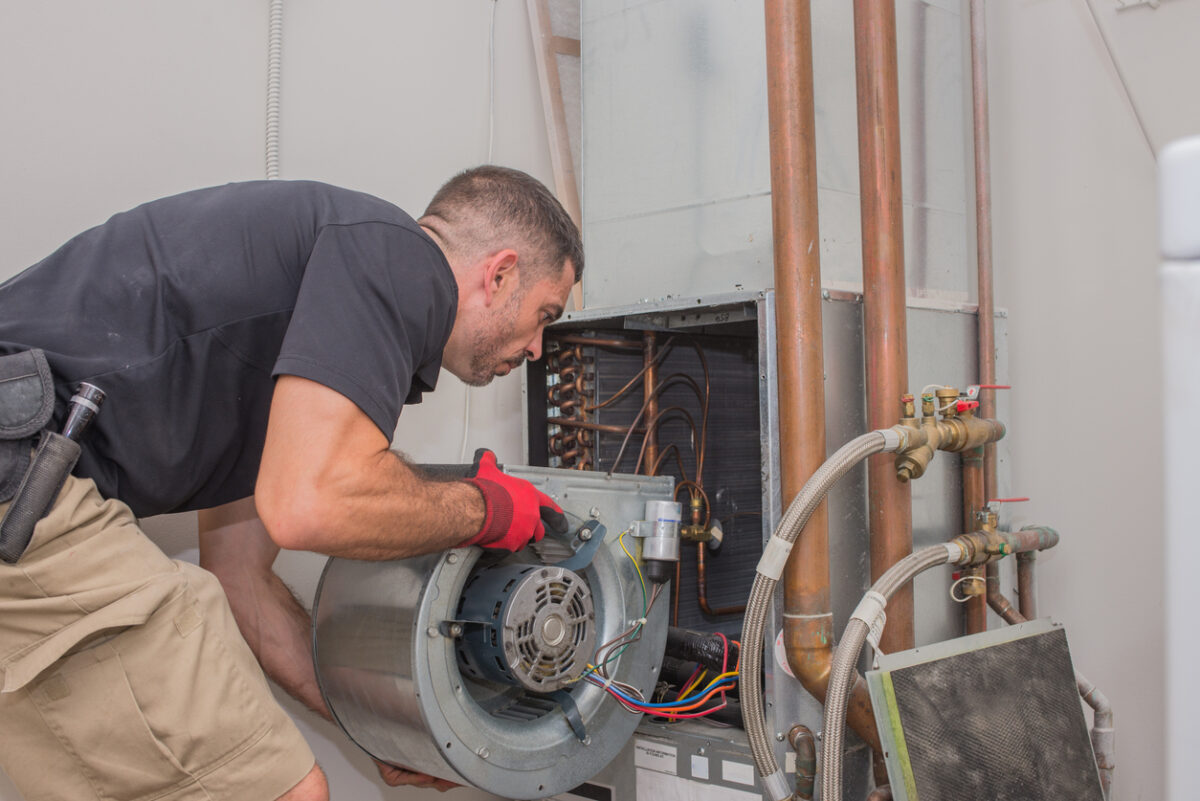Retrofitting for Efficiency
Keeping your HVAC system in top shape is the key to a comfortable indoor environment. But what do you do when a vital part, such as a trusty actuator, goes out of production? In this article, we’ll take a friendly, hands-on approach to guide you through the process of replacing an out-of-production HVAC actuator. We’ll talk about how to adapt new components into your older system, where to find updated part numbers, and what keywords to use when you’re on the hunt for that perfect replacement.
Step 1: Spotting the Ageing Actuator
First things first – let’s find out which actuator needs replacing. You might have to dust off those old equipment manuals or even drop a line to the manufacturer or your favorite HVAC supplier. Once you’ve got that part number and model for your soon-to-be retired actuator, you’re all set to start searching for its worthy successor.
Giving Your System an Upgrade
Retrofitting is often necessary when replacing an obsolete actuator with a new one. Since modern actuators may have different designs and specifications, you need to ensure compatibility with the existing HVAC system. Here’s how to go about it:
- Get to Know Your System: Know the voltage, torque, control signals, and physical dimensions your system needs to work like a charm. It’s like choosing the right shoes – you want a snug fit.
- Seek Expert Advice: Consult with HVAC experts or manufacturers to identify retrofitting options, such as adapter plates, brackets, or wiring modifications. Our team at BAC can assist you with options for component replacement.
- The IT Side: Make sure your new actuator can communicate with your control system. Compatibility with protocols like BACnet or Modbus is like making sure every component speaks the same language.
- Test the Retrofit: Before final installation, test the retrofit solution to ensure it functions properly and meets system requirements.

Step 2: Tracking Down Updated Part Numbers
Hunting down updated part numbers can be like looking for a needle in a haystack. But don’t fret; we’ve got some tips to make your life easier:
Ring Up the Manufacturer:
Drop a friendly call to the original equipment manufacturer (OEM) or their trusted dealers. They might have the lowdown on fresh inventory and compatible replacements.
Surf the Web:
A quick hop onto the manufacturer’s website and some time spent on HVAC forums can yield updated part numbers and potential alternatives. Worst case scenario, you can search for terms like:
- “Obsolete HVAC actuator replacement”
- “Retrofitting HVAC actuators”
- “Finding updated HVAC actuator part numbers”
- “Obsolete actuator retrofit solutions”
- “HVAC actuator compatibility”
- “HVAC actuator retrofitting guide”
Local HVAC Buddies:
Your local HVAC suppliers can be your knights in shining armor. They often have an extensive selection of replacement parts and are usually pretty good at finding the perfect match. The BAC team deals with retrofitting emergencies all the time and can make sure you have the right part for the job.
Replacing an out-of-production HVAC actuator is a challenging but essential task. By identifying the obsolete actuator, retrofitting for compatibility, finding updated part numbers, and using relevant keywords in your search, you can successfully upgrade your HVAC system for improved efficiency and performance. It’s crucial to work with trusted HVAC professionals and suppliers to ensure a seamless replacement process that keeps your HVAC system
running smoothly.
At Boston Aircontrols, our team of HVAC experts has years of experience retrofitting existing installations with newer components. We can assist you every step of the way with your specific needs. Please complete our retrofitting form and a member of our team will promptly follow up with you. Service is our business, and no one understands HVAC better than our team. Contact us today; we’re eager to help






























